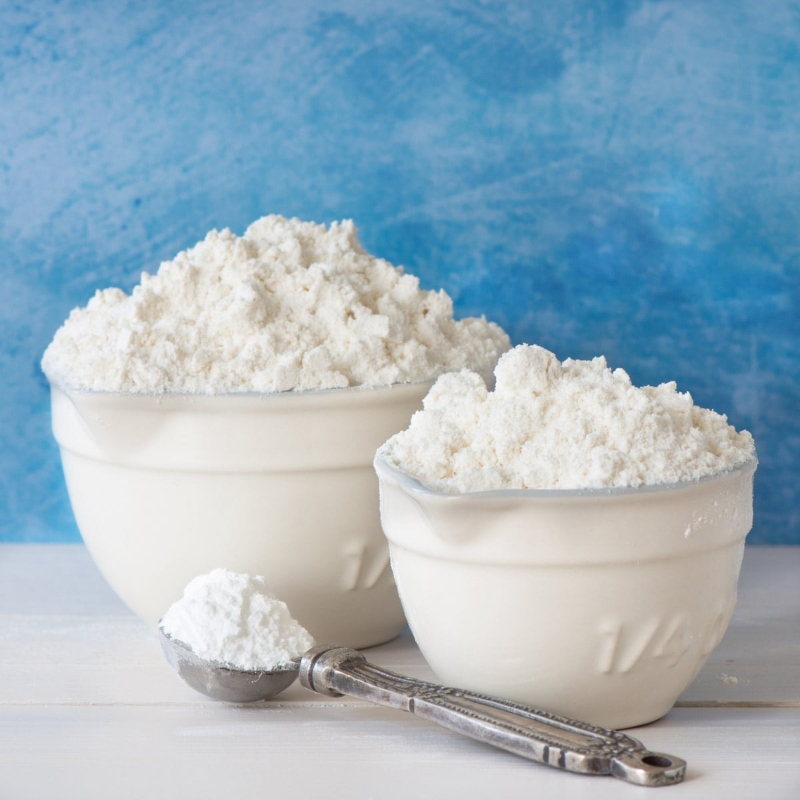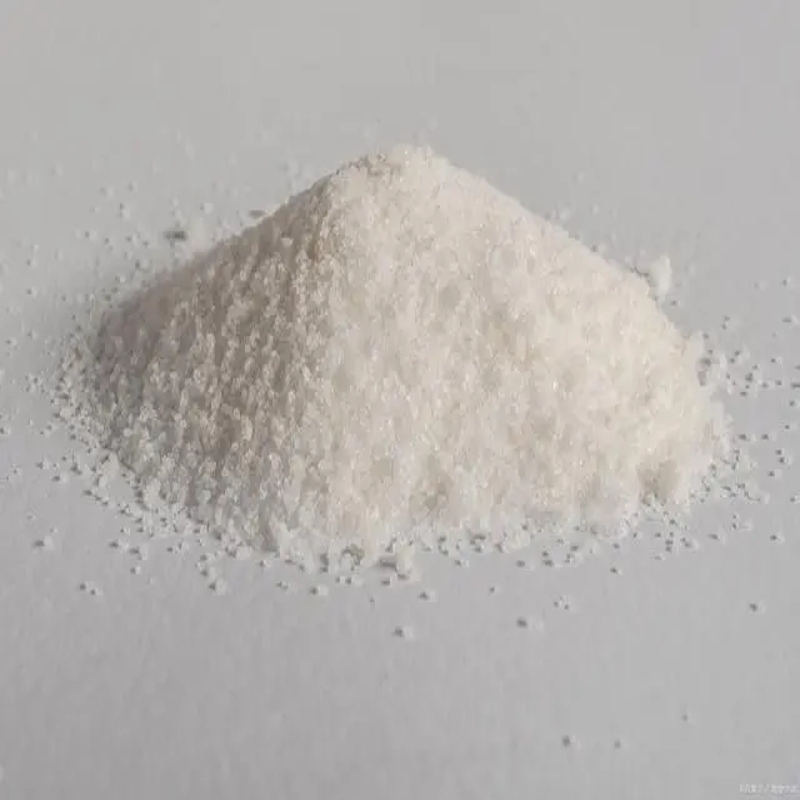-
Categories
-
Pharmaceutical Intermediates
-
Active Pharmaceutical Ingredients
-
Food Additives
- Industrial Coatings
- Agrochemicals
- Dyes and Pigments
- Surfactant
- Flavors and Fragrances
- Chemical Reagents
- Catalyst and Auxiliary
- Natural Products
- Inorganic Chemistry
-
Organic Chemistry
-
Biochemical Engineering
- Analytical Chemistry
- Cosmetic Ingredient
-
Pharmaceutical Intermediates
Promotion
ECHEMI Mall
Wholesale
Weekly Price
Exhibition
News
-
Trade Service
1.
Coordination-dissociation equilibrium and stability constants of complexes
The inner and outer parts of the complex are completely dissociated in water, while the inner boundary is only partially dissociated, and there is a coordination-dissociation equilibrium
.
When the formation reaction of the coordination unit reaches equilibrium, the equilibrium constant represented by the concentration relationship of each substance in the solution is called the stability constant of the coordination ion, which is expressed by K stable Θ , sometimes abbreviated as K stable
For example, adding excess ammonia to the silver nitrate solution will have the following balance
The larger the K stable Θ , the more stable the coordination unit
.
The stability constant of [Ag(CN) 2 ]- is 1.
3×10 21 , indicating that LAg(CN) 2 ]- is much more stable than [Ag(NH 3 ) 2 ] +
The greater the equilibrium constant K is, the more complete the dissociation reaction and the more unstable the coordination unit
.
[Example 9-7] Mix 0.
20mol·dm -3 AgNO 3 solution and 2.
After demixing , the concentrations of AgNO 3 solution and NH 3 ·H 2 O are both reduced by half; due to the large excess of NH 3 ·H 2 O and the large stability constant of [Ag(NH 3 ) 2 ] + , it can be considered that the coordination reaction proceeds It is very complete, that is [Ag(NH 3 ) 2 + ]=0.
10mol·dm -3 at equilibrium
Suppose [Ag + ]=x mol·dm -3 at equilibrium , then







